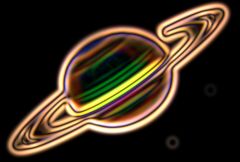S_EdgeDetectDouble
Performs an edge detect operation twice giving a double stranded edge effect. Increase the Edge Smooth parameters for thicker edges.In the Sapphire Stylize effects submenu.
Inputs:
- Source: The current layer. The clip to be processed.

|